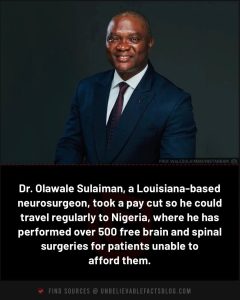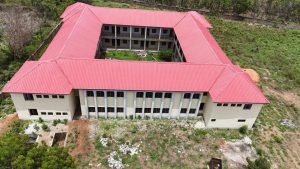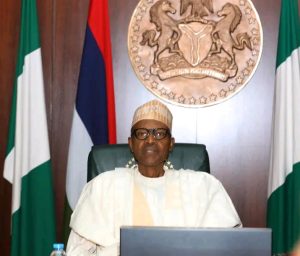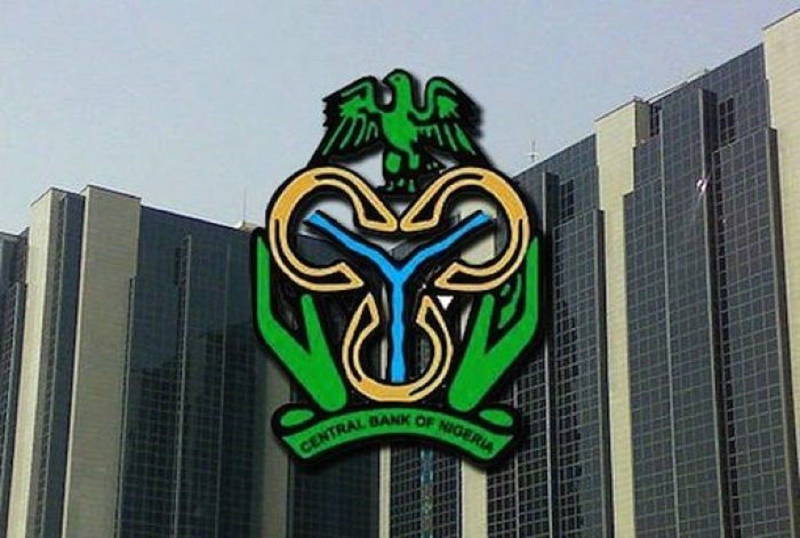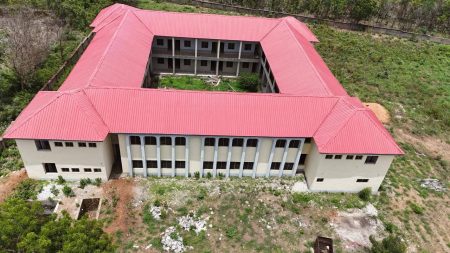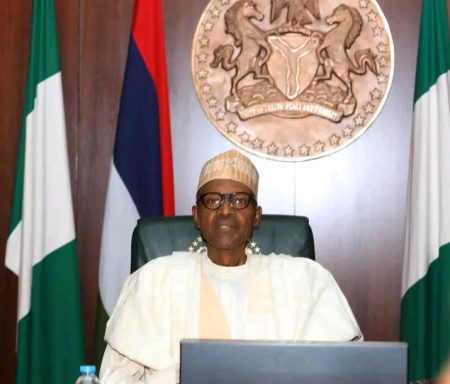For the first time in two years, credit to Nigeria’s manufacturing sector recorded a decline, dropping by 6.67% in the third quarter of 2024 to ₦8.67 trillion from ₦9.29 trillion in the previous quarter. This decline reflects the reduced appetite for bank loans among manufacturers due to persistently high interest rates.
The Central Bank of Nigeria (CBN) has raised the Monetary Policy Rate (MPR) 13 times over the past two years, increasing it from 11.5% in April 2022 to 27.5% in November 2024 as part of efforts to curb inflation. Consequently, bank lending rates surged to 31.06% in November 2024 from 27.37% in April 2022, discouraging manufacturers from accessing loans.
Industry experts attribute the decline to prohibitive borrowing costs, which have led manufacturers to postpone investment decisions or seek alternative funding sources. Additionally, rising energy costs, foreign exchange instability, logistical challenges, and high inflation have further strained the sector. These economic pressures have reduced manufacturers’ productivity and weakened their demand for credit.
Banks, wary of accumulating non-performing loans, have also adopted a more conservative approach to lending. With the manufacturing sector already grappling with dwindling consumer purchasing power, elevated borrowing costs, and disruptions in production, the decline in credit highlights the pressing need for economic stabilization.
Stakeholders, including the Manufacturers Association of Nigeria (MAN), have called on the government to moderate its monetary policies and implement reforms to boost production in critical sub-sectors like food, cement, and textiles. The challenges facing the sector underscore the urgent need for targeted measures to support manufacturers and revitalize the economy as the nation moves into 2025.



